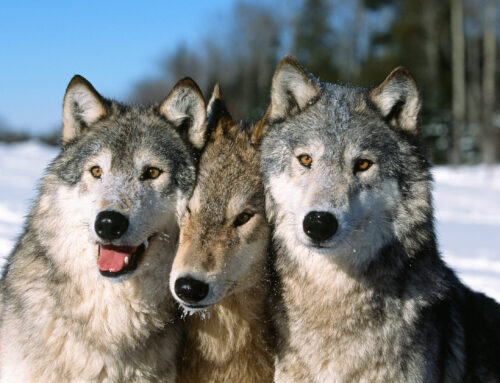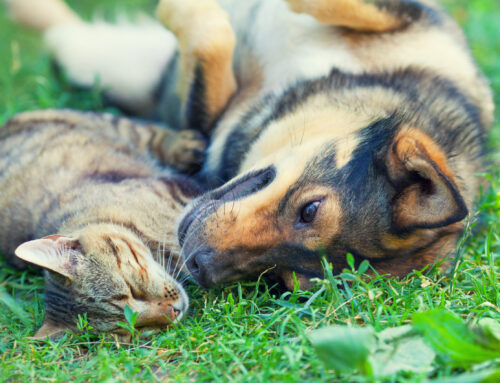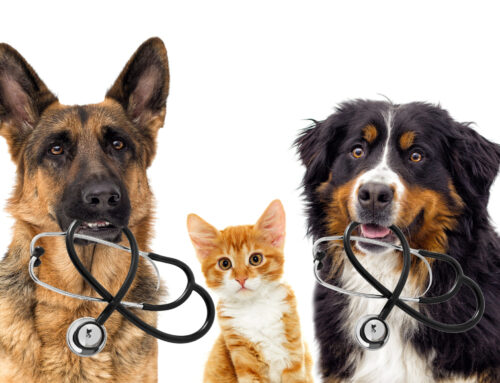FIGHT OR FLIGHT, or is THERE ANOTHER WAY

CELEBRATE THE NEW YEAR BY CREATING A NEW YOU – FOR YOUR DOG’S SAKE!
Welcome to 2020 and a new you!
This is the first in a series of articles to help you learn about stress. I’ll discuss why it’s important, how your state of being impacts your dog. And I’ll describe tools and techniques you can use to manage your stress.
Are you sad the holidays are over? Do you feel refreshed and ready to take on a new year? Or do you feel exhausted, with a sense of relief?
FESTIVE STRESS
The holidays have just passed. You made it through Thanksgiving with your family and canine mishaps. Then you made it through the holiday season, unscathed by the hustle and bustle of your activities: last minute shopping, longer work hours, traffic jams, crowded stores, family arguments.
And on top of all that, the extensive inner dialogue and depleting thoughts you had around finances, time, health and self-image; all the while trying to celebrate a holiday with, imaginably, not so much of the holiday spirit?
Perhaps you were one of the unlucky ones with a last minute visit to the ER with your beloved dog, who got into his own mess of mayhem, eating the turkey or the box of chocolates; or some fun toy that wasn’t supposed to get stuck in his intestines.
Wait! It didn’t happen like that … or did it?
If it did, you’re not alone. Over the last several years, various studies have shown that 45 to 88 percent of people experience increased stress during the holidays. It’s so prevalent that they gave it a name. It’s called festive stress.
During the holidays, there’s also a high percentage of people who experience renewing emotions – like love, joy and connectedness. But just as many (or maybe more) people experience fatigue, irritability and low energy levels. These are all symptoms of stress.
STRESS VS STRESSOR
So what exactly is stress and how can you manage it?
First, you need to understand an important distinction – between what is a stressor and what is stress.
Stress is defined as state of mental or emotional strain or tension resulting from adverse or very demanding circumstances. Stress is the feeling or emotion experienced inside yourself, in response to something that happened outside yourself. This feeling or emotion is intimately linked to your biological fight or flight mechanism.
The thing or event that has occurred is called a stressor.
It’s the emotion in response to the stressor that makes you feel bad, not the stressor itself. Making that distinction is important, because you can’t always control what happens in your life, … but you can control how you perceive and respond to events.
WHAT ABOUT YOUR DOG?
At this point, you may be wondering why I’m talking about stress, and how does it pertain to your dog. Well, as you already know, it’s not only about you.
I’ve worked in veterinary ER for 25 years and in a holistic practice for 16 years. Over the years I’ve witnessed many cases of uncanny physiological disease states in animals (mostly canines) that are similar or identical to those of the human they live with. I’ve also seen that people tend to love their pets more than they love themselves. So when their pets are in emergency situations, the owners will do whatever they can to help them … even if it means making financial, emotional, personal and lifestyle sacrifices.
Over the years, both humans and companion animals are suffering more and more from chronic illnesses. There are many reasons for this: lifestyle, diet, increased environmental toxins, and increased stress and emotional conditions.
BIOFIELD PHYSIOLOGY
The human-animal bond and the positive effects that a dog has on a human is established and well-documented. However, there’s a recurrent phenomenon, by which both humans and their pets exhibit and display similar, if not the same, disease states. This goes beyond the energetics of your dog picking up on your nervous or stressful energy.
Owners and their dogs are much more inter-related then we once thought. The interconnectedness is through an unseen, emotionally-based mechanism that’s defined through what we now call biofield physiology.
The concept of the interconnectedness and energy exchange between individuals is based in the antiquity of human consciousness. The theory of “oneness” and a unity consciousness is central to many of the eastern healing arts. Its acceptance in western medicine has been hampered by the lack of plausible mechanisms to explain the nature of energy information and how it’s communicated.
The stress mechanism has evolved from a necessary protective tool into a normalized state of everyday being. It’s become so common that the word has become incorporated into everyday language; its ubiquitous nature has driven us into a state of complacency. This has impacted individuals and society in profound psychological, emotional and physical ways.
Stress is the underlying process that drives disease. The once necessary fight or flight system we needed to protect our physical being is now habitually used – in the form of constant mental chatter, worries, and negative, depleting thought processes. It is in these states that we learn to live in survival mode. We become so familiar and accustomed to it that we don’t even recognize the smoldering undertone of its effects on our physiology and emotional state of being.
Because most of us exist in a chronic state of stress, we’ve created a new baseline of stress. We’ve increased our threshold. Once we understand the stress mechanism, and how our thoughts are intimately involved in depleting or renewing our personal energy resources, we can learn to manage and transform our stress. Then we can create a new state of being that encompasses synchronicity within our bio-physiology, and integrates an optimum state of whole body wellness, for ourselves and our pets. Start by trying the heart focused breathing exercise I’ve provided in the sidebar, especially when you are feeling stressed.
It’s a new year and a great time for new beginnings. Keep an eye out for the next article, when I’ll talk about understanding the stress mechanism and what you can do to control it.
HEART FOCUSED BREATHING
Heart focused breathing is the essential first-step component for all other stress management techniques.HEART FOCUSED BREATHING
You can use it to reduce the intensity or turn down the volume of depleting emotions. It helps to establish a calm but alert state. You’ll be surprised how effective it can be if you use it mindfully in the heat of the moment.
First, focus your attention in the area of the heart.
Now, imagine your breath is flowing in and out of your heart or chest area, breathing a little slower and deeper than usual (suggested five seconds inhale, five seconds exhale).
Continue breathing for one minute.






